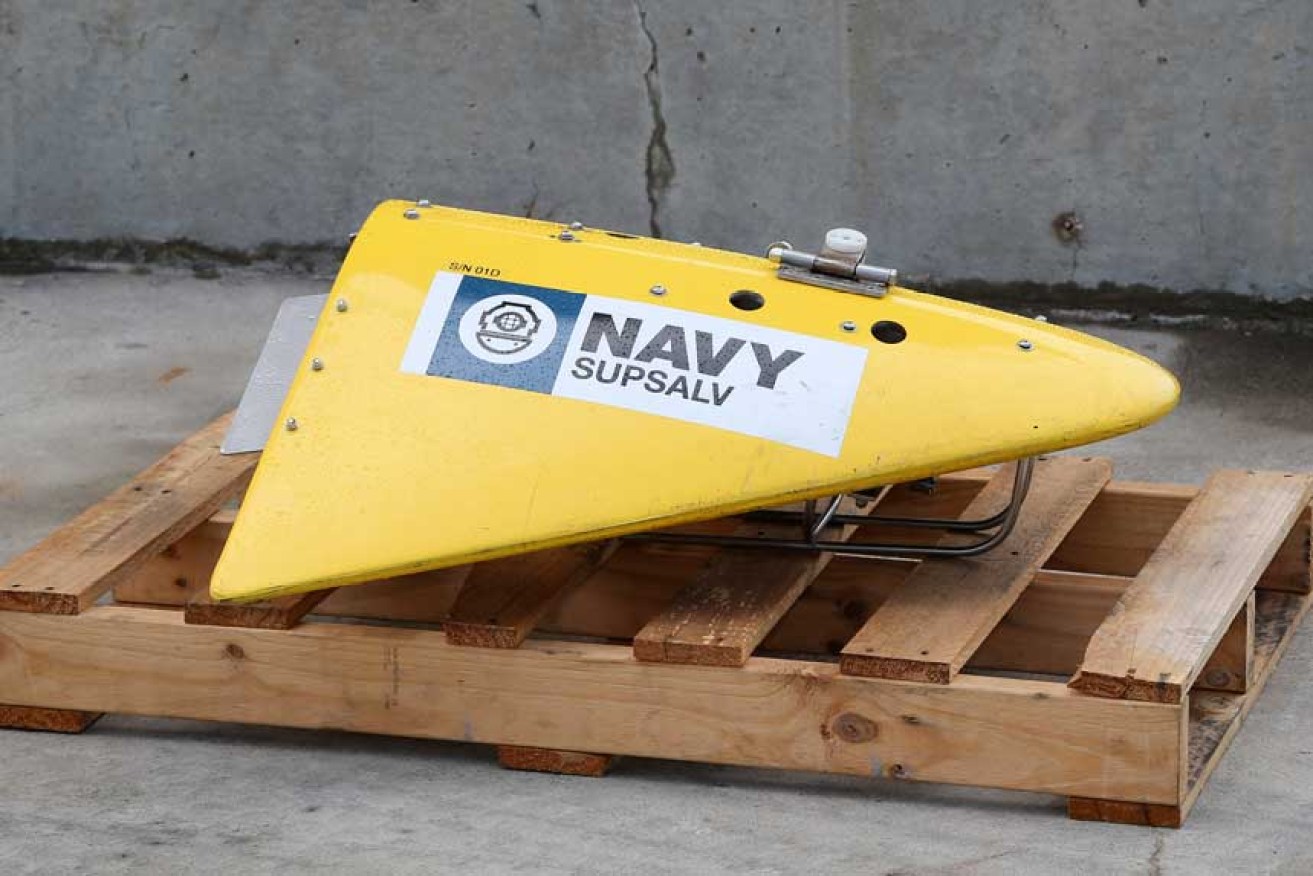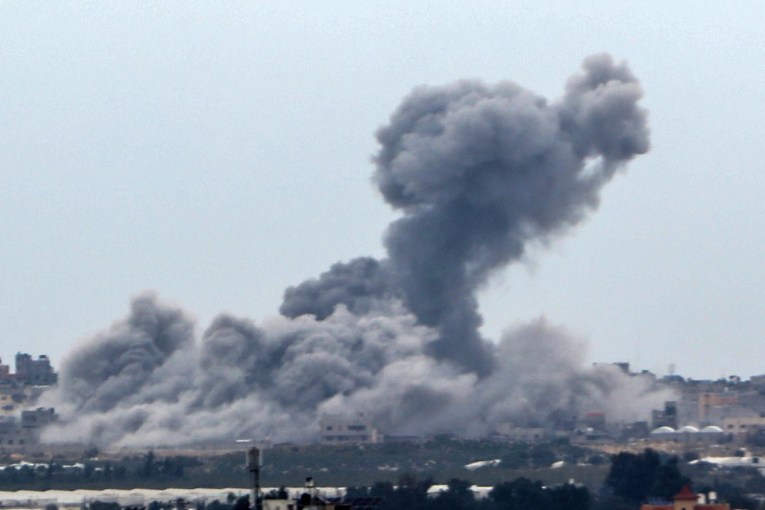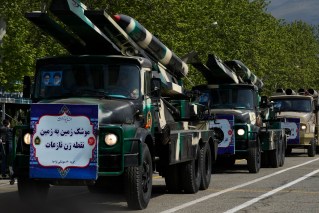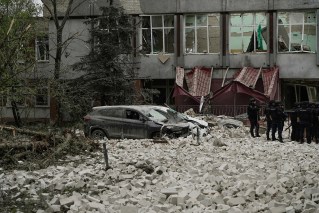MH370 search moves underwater as time slips away

AAP
An underwater search has begun for the black box belonging to missing Malaysia Airlines flight MH370 – a slow process that authorities concede is akin to a shot in the dark.
Australian navy vessel Ocean Shield and the British oceanographic survey vessel HMS Echo on Friday deployed “pinger detectors” and began slowly converging on each other over a 240km tract of the Indian Ocean.
All of the data that has been used to determine where the Boeing 777 probably ran out of fuel – including the final ping picked up by satellite, the likely speed of the plane and the fuel burn rate – has now been fully analysed.
Search teams are slowly combing the area using underwater technology, hoping at the same time that debris from the plane will be seen on the surface, which would allow them to “backtrack” to the crash site.
End of data analysis
“I think we’ve got to the end of the process of analysis,” retired Australian Defence Force chief, air chief marshal Angus Houston, who has been recruited to lead the Perth-based search coordination unit, said on Friday.
“The data we’ve got is the data we’ve got.
“Hopefully, the calculations are putting us in the right area.”
Asked whether the search for the black box was a shot in the dark, US Navy Captain Mark Matthews said it was an apt characterisation.
Ocean Shield and HMS Echo were listening for a 37.5 kilohertz signal that repeats every second and has a detection range of 1.8km.
“Best guess”
Capt Matthews said the process was slow, at about 2-3 knots, meaning it would take a couple of days to cover 240km.
“We’re searching on what information we do have, our best guess at where it would have been lost,” he said.
“There’s a lot of smart people that did the analysis that determined the plane was likely on this course. It’s the best information we have. But certainly, it’s a broad search.
“If you tow directly over it, you’re going to be hearing it for about an hour before if fades out of range, you’re then going to circle around it and then come back through it, so you’re going to get good positional information.”
Air chief marshal Houston said other sophisticated underwater search devices on the Ocean Shield included a vehicle that could search the ocean floor unmanned and in deep water for 24 hours.
“And we’ve got a couple of other devices that can assist with the search that can be dropped from the air,” he said.
Plane search still crucial
While the battery on the black box beacon was expected to run out of power within days, crews could still search underwater once it had stopped transmitting, he said.
The plane and satellite-based search for debris was still important as it would narrow the search area, he said.
“Instead of searching over an area the size of Ireland, we might be able to get into an area which is the size of metropolitan Perth, for example.
“When you come to the use of the underwater devices, that’s going to help immensely.”
The 217,000 square kilometre search area, about 1700 kilometres northwest of Perth, would be adjusted as required, he said.
The flight disappeared on March 8 while flying from Kuala Lumpur to Beijing.
All 239 passengers are presumed dead.
AAP








